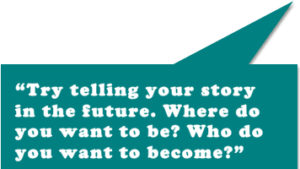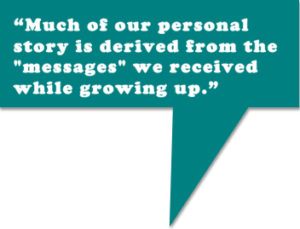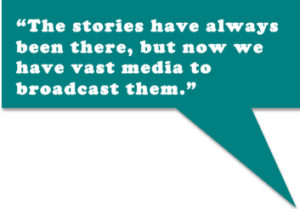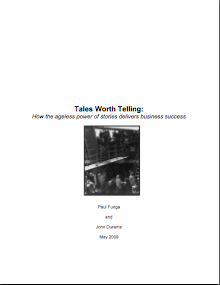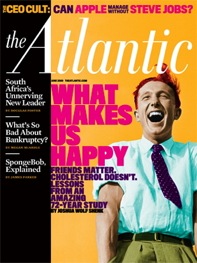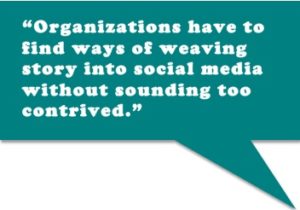I’ve been saying for a while now that the fact that recruiters are increasingly using social media to find candidates indicates that they hunger to know more about candidates’ stories.
Recruiting expert Kevin Wheeler just provided more evidence. In a blog entry from earlier this week on ERE.net, he compares the databases recruiters keep of prospective candidates to talent communities (I’ve also heard the term “talent hub,” which I assume is the same thing.)
Databases, Wheeler writes, have been built up through “impersonal methods” — employer career websites, applicant tracking systems, and referrals.
Databases, he says, provide minimal information, mostly from resumes and profiles. “There is no additional information, no personal observations,” Wheeler laments.
He says most recruiters don’t even use their databases but instead turn to searching the Internet for candidates. Wheeler didn’t say recruiters search social-media sites, but we know that they do.
Now, I wish Wheeler had explained a bit more about what talent communities/hubs look like and given examples, but here’s the reason he gives for their being better than databases:
What makes the talent community I am talking about different is its ability to take advantage of technology to achieve levels of personalization that could not be achieved without it. … Candidates actually perceive talent communities as very personal. … Candidates can add more information about themselves, and recruiters can ask questions about specific skills or interests. … Recruiters may have never met a person face to face and yet know much more about them than if they have had two or three personal interviews.
In other words, candidates can reveal more of themselves, tell their stories, the way they do on social-media sites.
Indeed, in the glimpse Wheeler gives into talent communities, he talks about creating communities from Facebook pages, LinkedIn, Google groups, and Ning.
Although I have been in search of the storytelling resume (along with Terrence Gargiulo), I may be missing the social and community element that some recruiters are gravitating to.
Wheeler says the biggest obstacle to the widespread adoption of talent communities is resistance from recruiters.
I join Wheeler (and Terrence and others) in support of more personalized — and more storied — ways for recruiters and candidates to connect.

